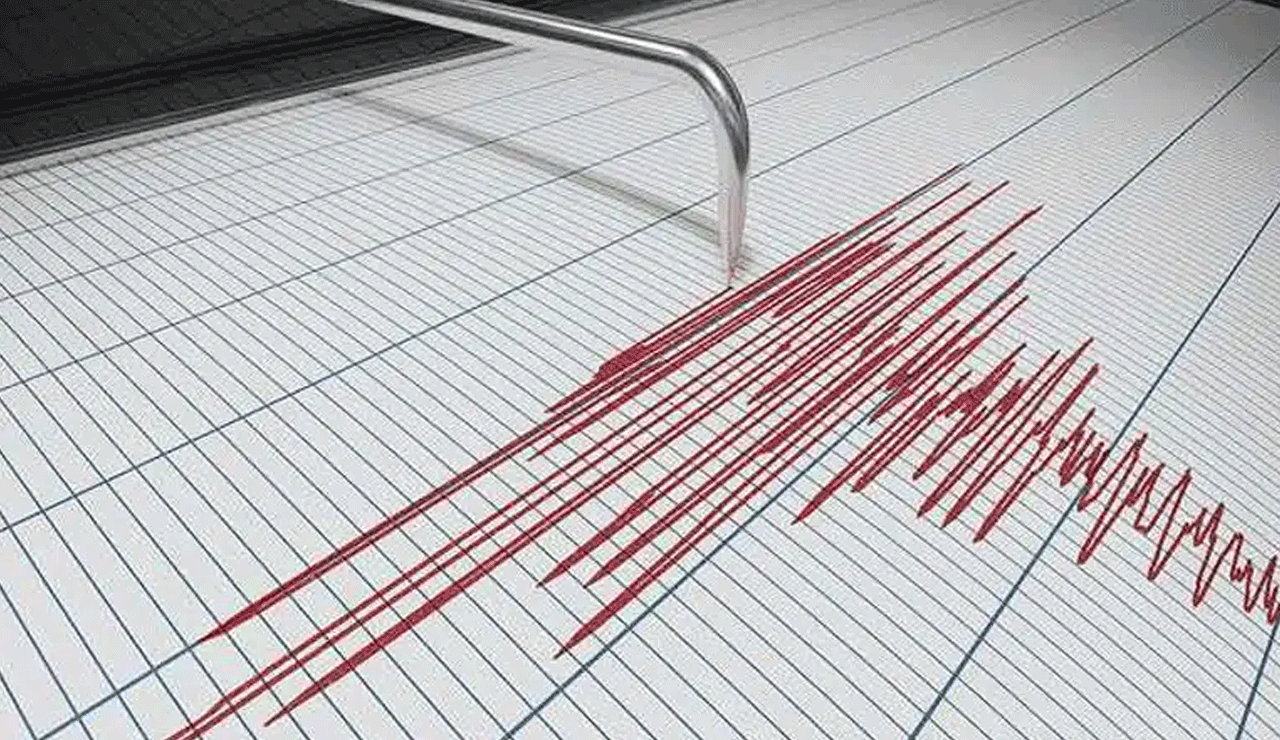Back-to-Back Earthquakes Hit China and Turkey, Myanmar Also Feels Tremors
A 4.5 magnitude earthquake struck China early Friday morning, as confirmed by the National Center for Seismology (NCS). The tremor occurred at a shallow depth of 10 kilometers, making it potentially more damaging due to its proximity to the Earth's surface.

New Delhi: A 4.5 magnitude earthquake struck China early Friday morning, as confirmed by the National Center for Seismology (NCS). The tremor occurred at a shallow depth of 10 kilometers, making it potentially more damaging due to its proximity to the Earth’s surface.
Table of Contents
Earthquake Details: Location, Time, and Magnitude
In a post on X (formerly Twitter), the NCS shared the seismic event details:
- Magnitude: 4.5
- Date & Time: May 16, 2025, at 06:29:51 IST
- Latitude: 25.05°N
- Longitude: 99.72°E
- Depth: 10 km
- Location: China
Why Shallow Earthquakes Are More Dangerous
Also Read: Amitabh Bachchan: “When You Work, Everything Falls into Place”
Shallow earthquakes like the one that struck China tend to cause greater ground shaking as they release energy closer to the surface. This often leads to increased structural damage and a higher risk of aftershocks, especially in densely populated or poorly constructed areas.
Turkey Also Hit by 5.1 Magnitude Quake
Just hours before the China quake, a 5.1 magnitude earthquake jolted Turkey at around 3:46 PM IST. According to the European-Mediterranean Seismological Centre (EMSC), the tremor struck 14 km northeast of Kulu, and the depth and extent of the damage are yet to be fully assessed.
Myanmar Experiences Multiple Earthquakes This Week
Earlier this week, Myanmar experienced a series of three earthquakes, beginning with a 3.3 magnitude quake on Thursday at 1:31 PM, followed by two more minor tremors. These events continue to raise concern in the Southeast Asian seismic belt.
Recent Seismic Activity in Asia:
- China: M 4.5 – May 16
- Turkey: M 5.1 – May 15
- Myanmar: Three minor quakes – May 14 & 15
Stay Prepared for Earthquakes
Authorities advise residents in quake-prone areas to remain alert, avoid panic, and follow emergency protocols. It’s important to stay updated through official sources such as the National Center for Seismology or regional seismic monitoring agencies.
